The Price of Beauty
Deep-pore extractions with your facial? A callus mask for your heels? Virginia Sole-Smith signs up for beauty school and learns how to sell — and dodge — the dreaded sales pitch at the spa.
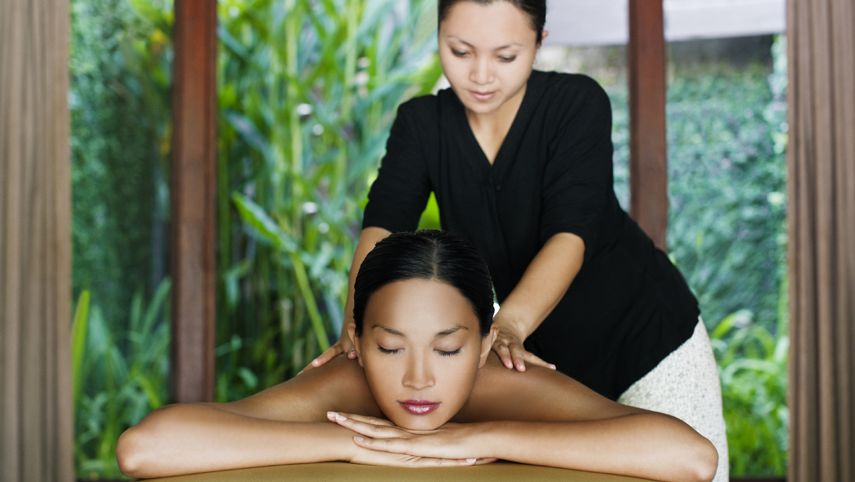

There's a reason most spas follow the price of your bikini wax with the phrase "and up." The $30 or $50 that comes first is just a strategic starting point. But you don't get to decide how far that "and up" goes until you've already taken off your pants.
"Pull in your underwear and show me how much hair you want to take off," I told my first bikini-wax client, whom I'll call Cheryl.
She obliged, pulling in about an inch on either side. "I've got one of those boy-short swimsuits," she said. "I don't need much."
I waxed, and we looked again. "Hmm — just a little more?" I asked.
"Yeah — maybe a bit," she agreed. "I'm sorry, I know I'm really hairy!"
Wax, strip, look, repeat. By the time we finished, I'd taken Cheryl from a $20 "It's just a family beach vacation" to a $35 landing-strip Brazilian.
"Nice job," said my instructor, as I wrote up Cheryl's service ticket. "Though, if you'd taken off the landing strip, we could have charged $40."
Stay In The Know
Get exclusive access to fashion and beauty trends, hot-off-the-press celebrity news, and more.
Allow me to explain: When I suggested "just a little more," I was following orders, as a student at a strip-mall beauty academy located a few hours outside of New York City. It was a 600-hour aesthetics program, for which all you need to enroll is a high school diploma, a checkbook, and, more surprisingly, the will to sell.
So I honed my pitch. But I didn't like doing it, because before I learned to wield the wax myself, I'd spent countless hours in Cheryl's shoes — spread-eagle and quietly agreeing to more hair removal or cringing over my callus-covered heels. There's something about a stranger, even a trained professional, getting that up close and personal that makes us default to apology mode.
But I soon learned that eliciting that knee-jerk "I'm sorry" is fundamental to the spa business. After all, the average American woman will pay almost $450,000 in her lifetime on cosmetic maintenance. That's more on makeup, moisturizer, and manis than you'll spend raising your first kid. We wouldn't drop that kind of cash if we weren't convinced—at least on some level—that we needed the help.
After five months of studying aesthetics safety and textbook methodology in the classroom, I was deemed clinic-ready and was allowed to work on actual clients at a supervised spa, guided by industry protocols, all of which hinged on the sell. Every appointment began with the Client Consultation Form that trained me to ask everyone the same set of questions: "What are your goals today? Do you have any concerns about your skin?" As I got physically closer to a client (usually mid-service, when she's utterly helpless, often stark naked on a treatment table), the questions became more specific: "Are these fine lines bothering you?" or "Do you want me to take care of that upper-lip hair?"
To any woman familiar with salons or spas, this may sound like business as usual. You might even think, Hell yes, those lines are bothering me and please do take care of my lip hair so we can never mention it again. But what you might not realize is that whatever the line of questioning, it all boils down to the same thing: I want to uncover your deepest insecurities about your looks because I've got something to sell you for that.
When a shy high school sophomore confessed that the smattering of zits on her forehead was "all she could see in the mirror," I suggested we switch from the basic $25 facial to the deluxe acne-fighting treatment that oh, by the way, cost $55 — and felt relieved when she said regretfully that she didn't have permission to spend that much. When a barely-30-year-old woman told me she could already see crow's-feet, I hesitated, then told her about the $37 glycolic peel, which she jumped all over.
Most of the time, my beauty school classmates and I (along with a majority of spa workers you'll meet) just wanted to make our clients feel better — that's the number one reason most of us join the business. But the sell was never optional. Even in the professional world, many salons and spas base their employees' pay on how much they sell in retail products or additional services, instituting sales quotas in order to earn bonuses — or just to keep their jobs.
To meet these quotas, beauty workers have to believe in what they're selling. Sometimes we do. And sometimes it's easier to convince ourselves that we do, rather than feel bad about pushing useless products. One classmate, Laura, swore by our top-of-the-line antiaging facial, which meant when she gave a heartfelt recommendation of a product, clients listened. And bought. A lot. Some clients would rebook that same facial with Laura every week, scooping up all her product suggestions on the way out. It was an art. She fixed clients' problems — or at the very least, convinced her clients (and herself) that she had. Let's face it, most of us rebook with a favorite stylist or aesthetician because we love the magic they work — how they make us feel.
Now that I'm a beauty school graduate getting ready to take my aesthetician licensing exam, I listen a lot more carefully to the "solutions" my hairstylist, nail tech, and facialist offer me. I understand that the sales pressure they're put under may not always translate to the best advice for me. There's a lot about going to a spa that I still enjoy — sinking my feet into the warm pedicure bath, having the knots wrung out of my neck during a blissful facial — and appreciate now more than ever. But when somebody asks "Maybe a little more?" I just smile and say "No, thank you." No apology needed.
Tips to get the service you actually want:
Virginia Sole-Smith is a freelance writer and author of the blog, Beauty Schooled . Her work has appeared in Nylon, Slate, and The New York Times.
Virginia Sole-Smith is the author of The Eating Instinct: Food Culture, Body Image and Guilt in America, and writes the newsletter Burnt Toast.
-
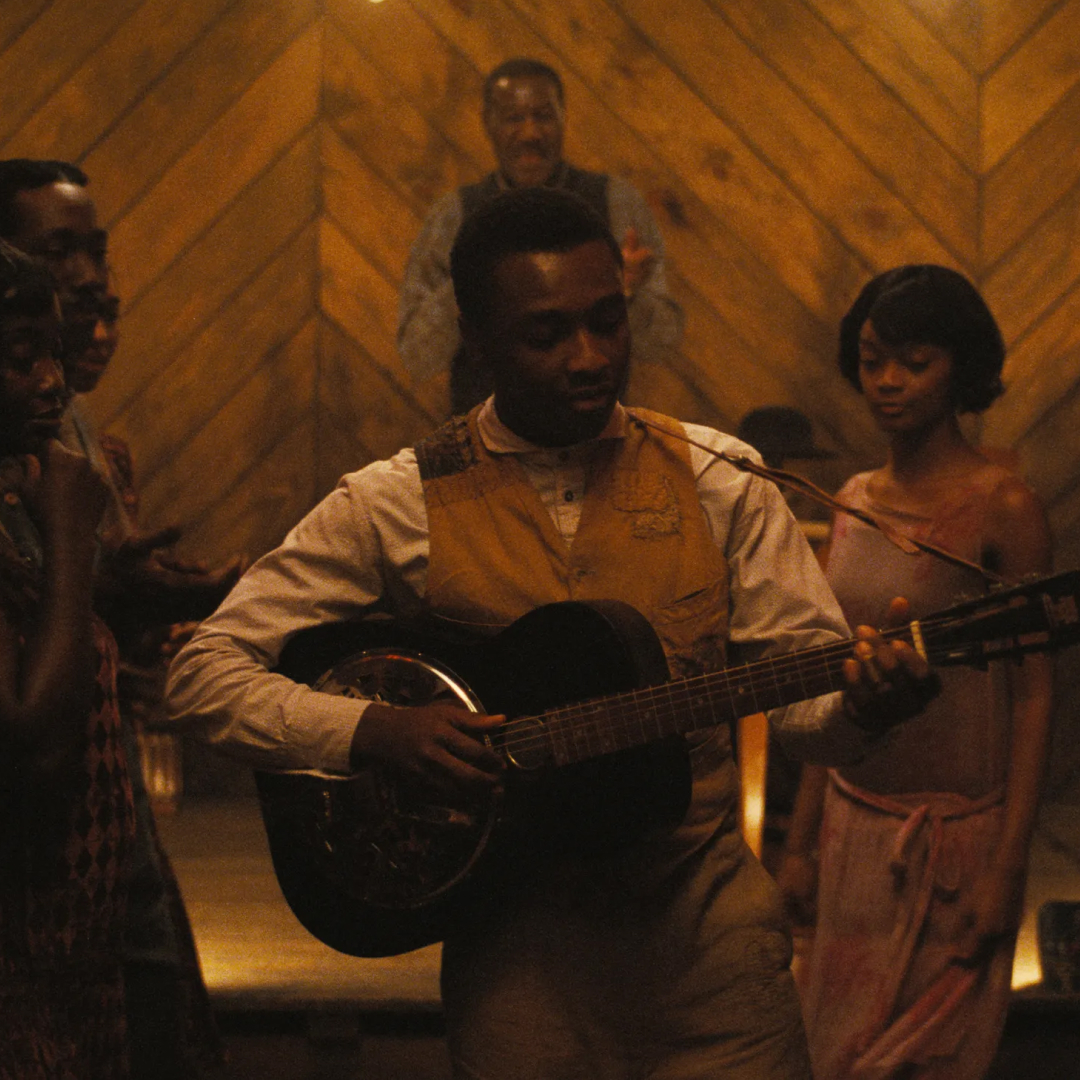 In 'Sinners,' Music From the Past Liberates Us From the Present
In 'Sinners,' Music From the Past Liberates Us From the PresentIn its musical moments, Ryan Coogler's vampire blockbuster makes a powerful statement about Black culture, ancestry, and art.
By Quinci LeGardye
-
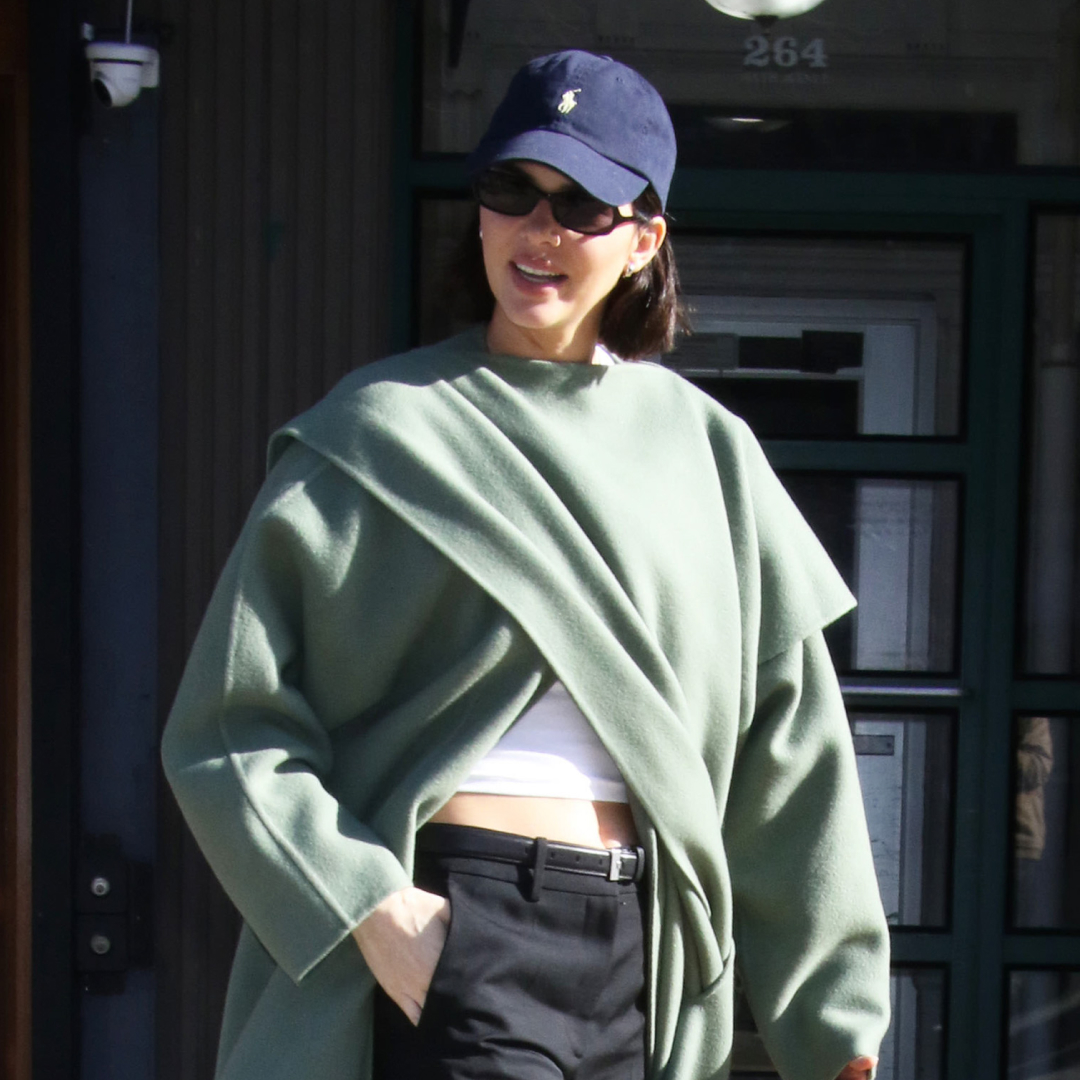 Kendall Jenner Has the Last Word on the Best Travel Shoes
Kendall Jenner Has the Last Word on the Best Travel ShoesLeave your ballet flats in your checked bag.
By Halie LeSavage
-
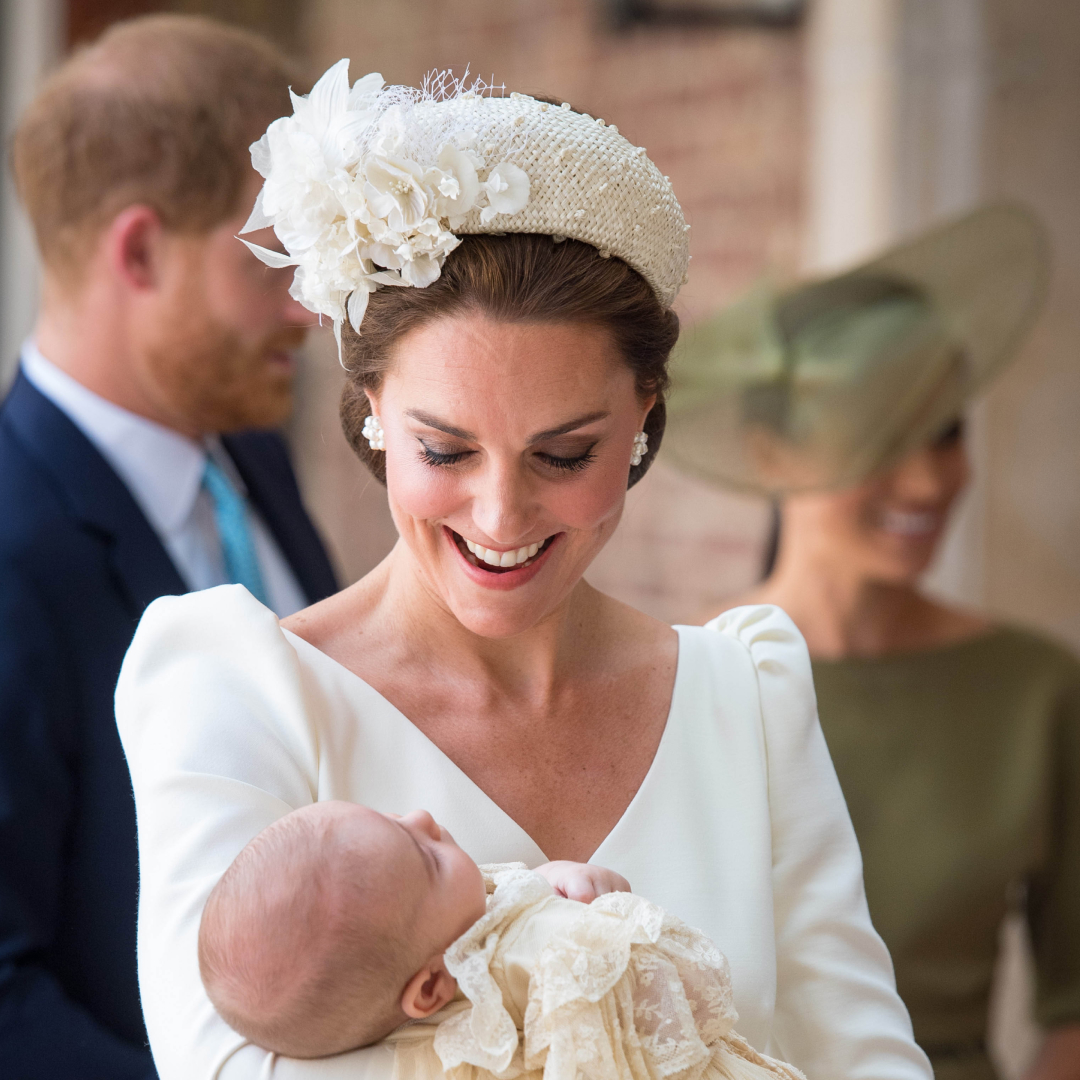 Prince Harry Gave Nephew Prince Louis an Extremely Rare Five-Figure Gift for His Christening
Prince Harry Gave Nephew Prince Louis an Extremely Rare Five-Figure Gift for His ChristeningUncle Harry for the gifting win.
By Kristin Contino
-
 This Sleek Bun Proves Demi Lovato Is the Queen of Snatched
This Sleek Bun Proves Demi Lovato Is the Queen of SnatchedThis slicked-back bun is the stuff of legends.
By Ariel Baker
-
 Only Miley Cyrus Can Make a Micro Bang and Wolf Cut Mashup Look This Cool
Only Miley Cyrus Can Make a Micro Bang and Wolf Cut Mashup Look This CoolAnd pull it off.
By Ariel Baker
-
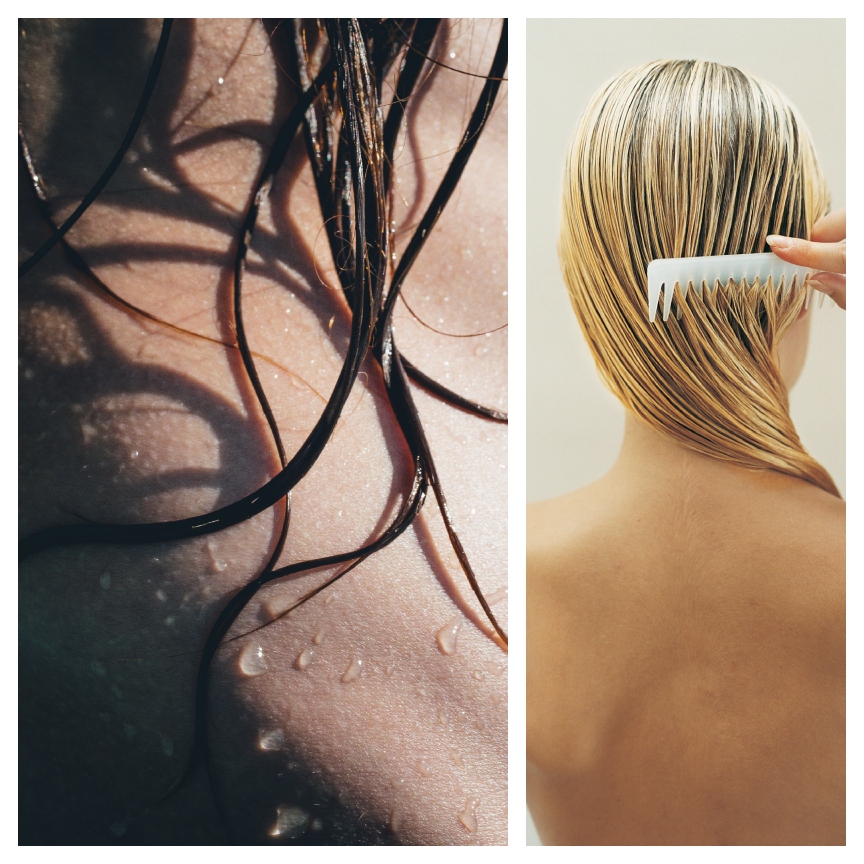 Is It Unprofessional to Show Up to a Meeting with Wet Hair?
Is It Unprofessional to Show Up to a Meeting with Wet Hair?Let's discuss.
By Hannah Baxter
-
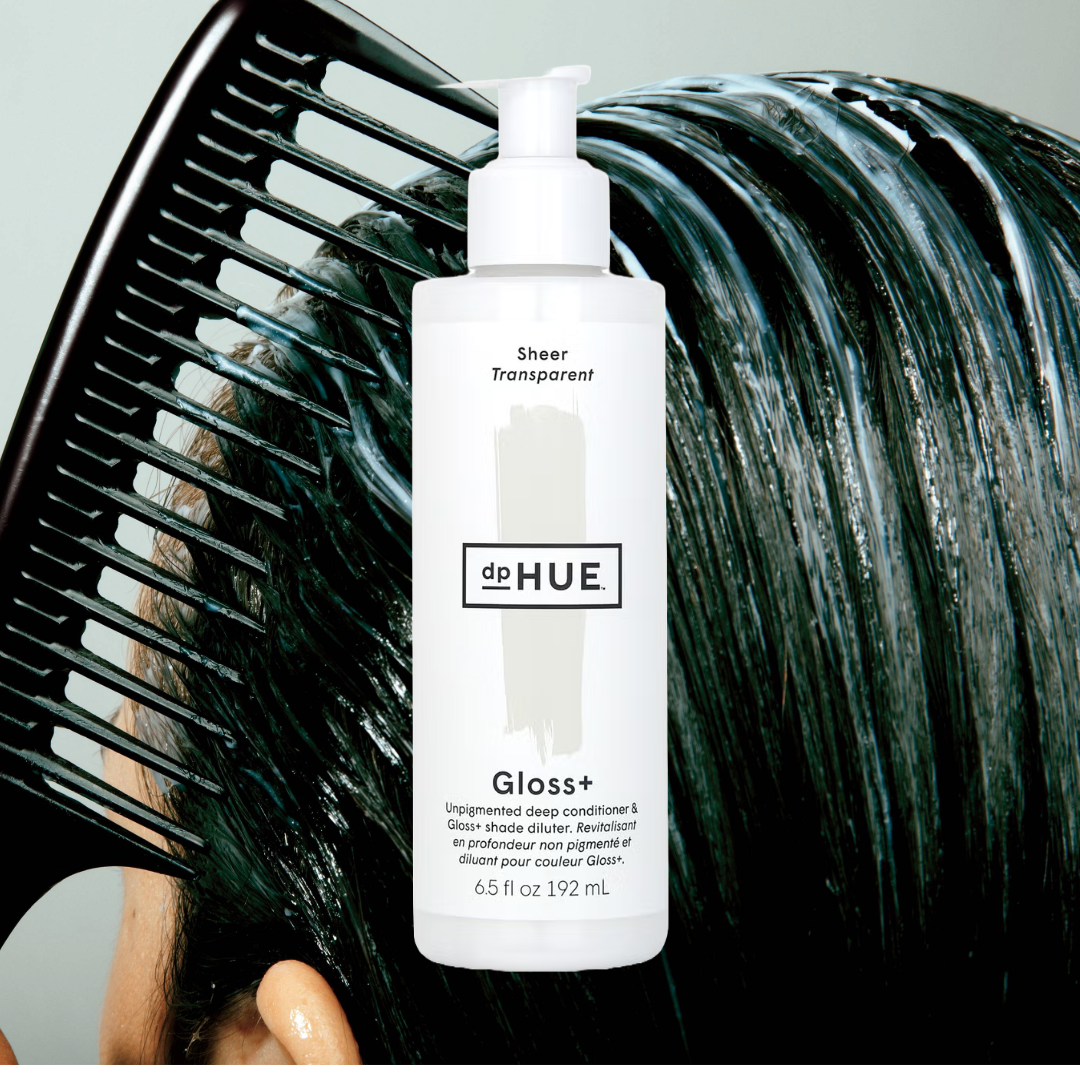 This Cult-Favorite $38 dpHUE Hair Gloss Made My Split Ends Disappear
This Cult-Favorite $38 dpHUE Hair Gloss Made My Split Ends DisappearBeauty miracles happen.
By Julia Marzovilla
-
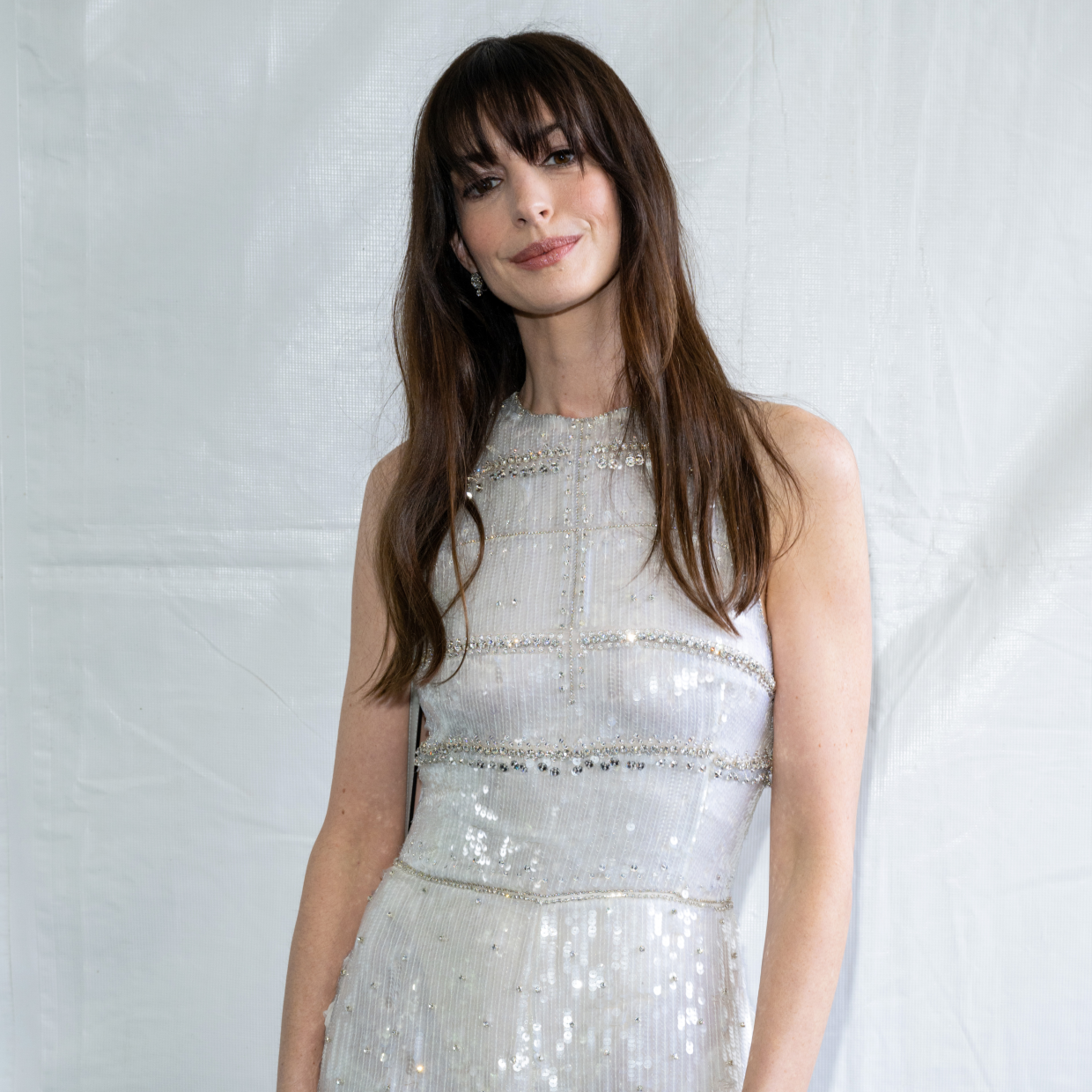 We Can't Stop Obsessing Over Anne Hathaway's AI-Inspired Front Row Ponytail
We Can't Stop Obsessing Over Anne Hathaway's AI-Inspired Front Row PonytailThe AI-inspired ponytail was front and center at the Ralph Lauren show.
By Ariel Baker
-
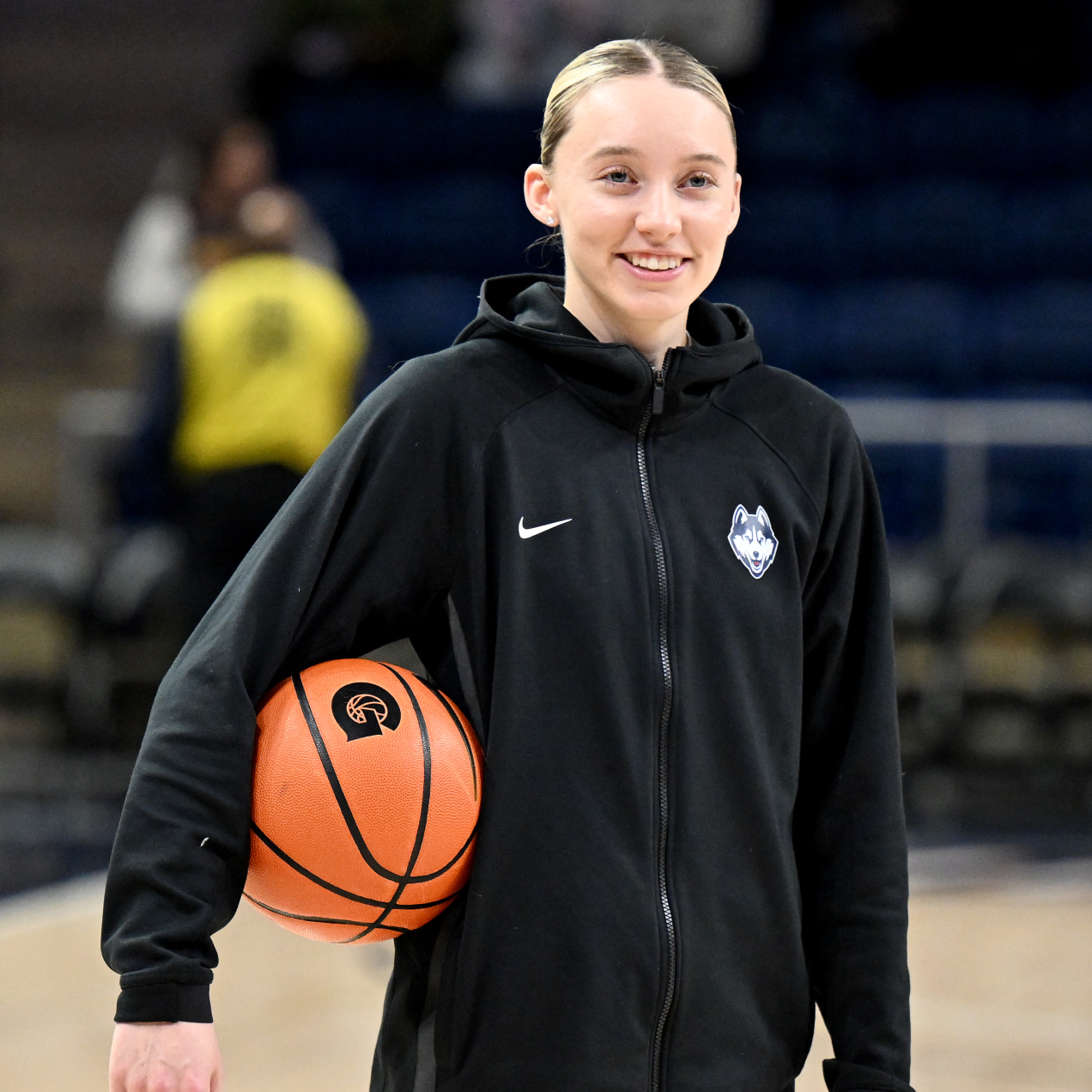 It’s Official: Paige Bueckers Has Found Her Signature Hair Color
It’s Official: Paige Bueckers Has Found Her Signature Hair ColorThe basketball star stopped by 'Good Morning America' and I simply can’t stop staring at her color.
By Ariel Baker
-
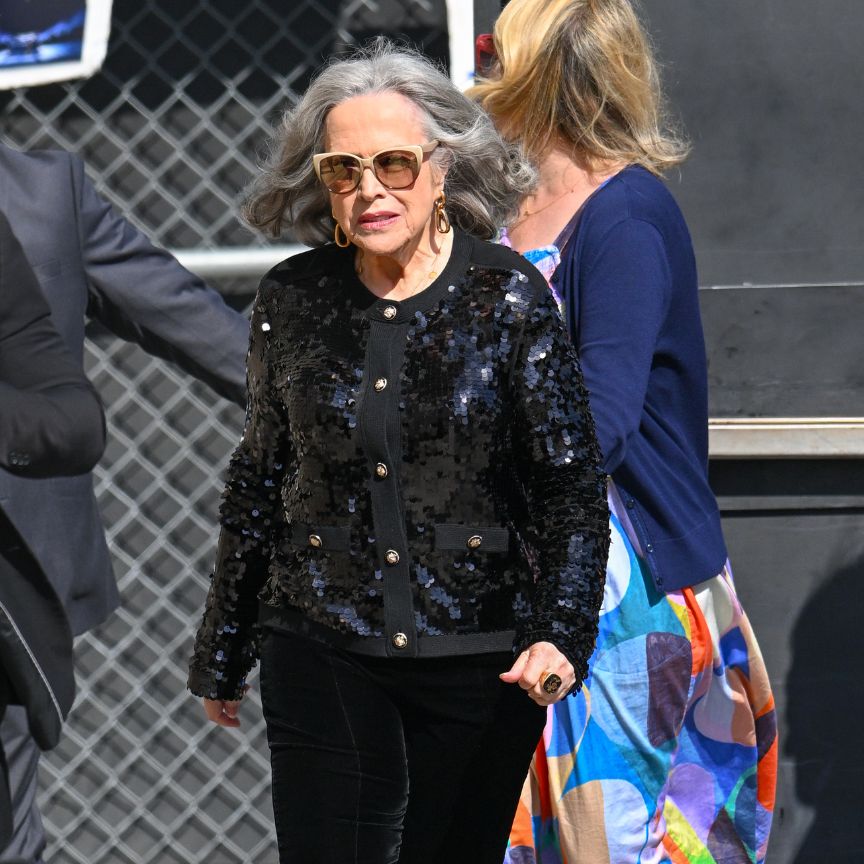 That Root Touch-Up Can Wait—Kathy Bates' Gray Hair Proves It
That Root Touch-Up Can Wait—Kathy Bates' Gray Hair Proves ItOne look at her new style and you'll be canceling your root touch-up pronto.
By Ariel Baker
-
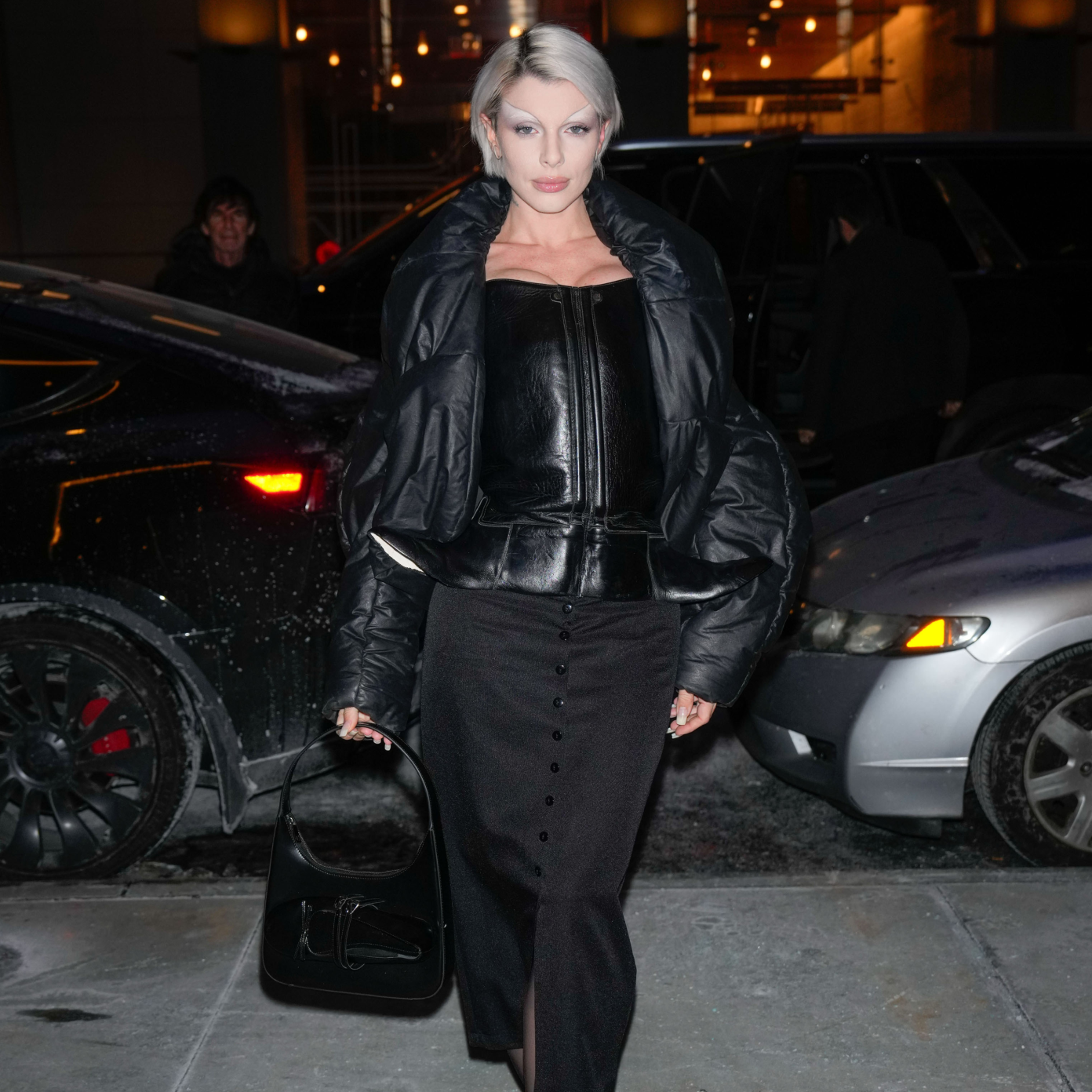 The C*nty Little Bob That Stole the Show at Coachella Is Awarded to Julia Fox
The C*nty Little Bob That Stole the Show at Coachella Is Awarded to Julia FoxLeslie Bibb fans, rise.
By Ariel Baker